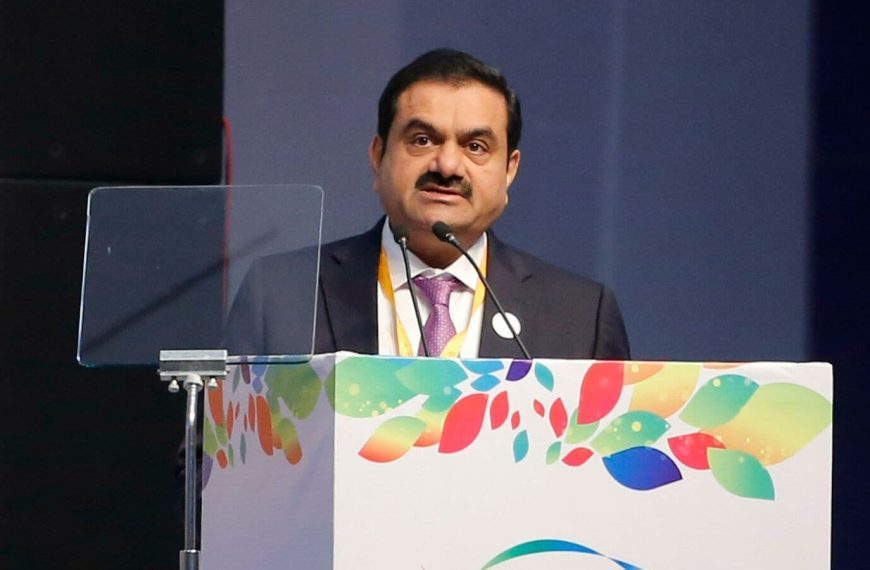As the stock market reaches unprecedented heights, the increasing participation of retail investors is prompting exchanges to expand investment opportunities. A notable example is the recent launch of the NSE Waves Index by the National Stock Exchange (NSE), which features 43 companies from the media and entertainment sector. This initiative is part of a broader trend, with both the NSE and Bombay Stock Exchange (BSE) introducing three new indices in FY26 alone. This contrasts sharply with their performance in FY25, when they rolled out a combined total of 41 indices, averaging over three per month, highlighting a significant increase compared to the mere seven indices launched during FY23 and FY24 by the NSE.
The Rise of New Indices
The surge in the creation of these indices can largely be attributed to asset management firms eager to tap into the growing passive investment market. An insider from the exchanges noted that these firms frequently request new thematic indices, akin to seasonal trends, like the NSE Waves, which aims to generate investor interest and facilitate the launch of new fund offerings. This expansion not only provides fresh investment avenues but also creates a lucrative revenue stream for exchanges, as they earn a commission from the assets managed under these indices.
- New index launches: NSE Waves Index featuring 43 companies.
- Recent trends: Exchanges introduced three indices in FY26.
- Previous performance: A total of 41 indices launched in FY25.
Regulatory Changes Impacting Fund Management
This uptick in index creation follows Securities and Exchange Board of India (SEBI) regulations established in 2022, which prevent asset management companies from launching multiple schemes with identical investment strategies. These rules necessitated a restructuring of existing schemes, leading to the introduction of 36 defined categories by SEBI. At a recent conference, Executive Director Manoj Kumar emphasized the importance of simplifying mutual fund categorization amidst concerns regarding the proliferation of thematic funds.
A Balasubramanian, CEO of Aditya Birla Sun Life AMC, asserts that while categorization plays a role, the primary driver is the market’s expansion. He pointed out that the number of actively traded companies has grown to 1,000 across various sectors, enhancing market diversity.
Industry Insights
Sandeep Bagla, CEO of TRUST Mutual Fund, believes that the increase in indices signifies a maturing industry, as narrowly defined indices cater to investors pursuing specific strategies. Additionally, Swarup Mohanty, CEO of Mirae Asset Investment Managers, noted that this trend encourages innovative ideas for passive funds, contrasting with the more restrictive nature of active fund categorization.
In a significant move during a board meeting last May, SEBI lifted the 25% investment cap for index funds and ETFs regarding shares of their sponsors’ group companies. This change allows funds to invest up to 35% of their assets in such companies, aligning their investment strategies more closely with their passive fund objectives.
By embracing these developments, the stock market continues to evolve, offering varied investment opportunities and reflecting the dynamic nature of the finance sector. As exchanges innovate and regulations adapt, investors can expect a wealth of options to navigate this thriving landscape.











